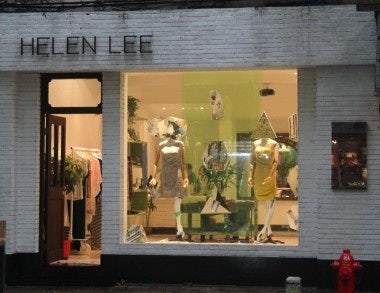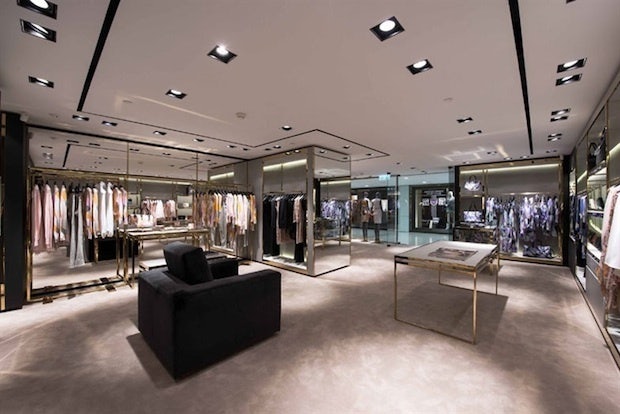
Some of the best-selling brands in China are labels that are less than well known. This may surprise readers who are used to headlines like, “Three-Hour Lines At Gucci." But beware of headlines -- they only tell one side of the story.
There‘s a growing trend in China - a trend towards individualization: looking, being, and dressing differently from others. This is led by the second generation of Chinese shoppers…
Consumer 2.0#
. They’re just starting out, but they’re larger, stronger and different from their predecessors. And incoming brands need to speak to them.
My friend Jennifer Zhu Scott, born and raised in Sichuan province, explained this to me over lunch. “China has moved from a country of collectivism to a country of individualism," she said. "Today’s young people don’t want to blend in. They want freedom, at least in their appearance. Even bars and restaurants are competing by being different. ”
The desire for self-expression is so strong that it’s not just taking shape in terms of clothing but also the very space they occupy. The Creative Director of luxury home retailer Lane Crawford Home (owned by the coveted Lane Crawford Group) confirms that many of their best selling products in China are brands that largely fly under the radar.
So what triggered this shift?
The first generation of post-"reform and opening-up" consumers, Consumer 1.0, could only buy what was available. For the last decade or more, that’s been European luxury brands. And thank goodness for them, they paved the way for the next generation. For nearly a half-century, the Chinese uniform was the Mao suit (aka the Zhongshan suit), but has this been replaced by a new kind of uniform? Consumer 2.0 sees the resulting sameness and wants to look different.
18 years ago in Hong Kong, I saw a wealthy tai-tai walk into Gucci carrying an ad ripped from Vogue looking for “this outfit." Imitation helped her gain comfort with her own style. Today, Hong Kong is a city of incomparable individual taste. Mainland China is following the same path. The early adopters (the "ad-rippers") are making way for the more confident style-seekers.
What does this mean for brands?

The shift is changing the fashion landscape. It’s creating neighborhoods and a boutique culture that can only exist in mainland China where land is plentiful (unlike Hong Kong, where land scarcity keeps rents sky-high). This desire for uniqueness will lead to the birth of bold Chinese designers, and it’s also what’s driving the rise in Couture sales around the globe.
Incoming brands that will thrive in China are the ones that feed this individualism. The rules are relatively simple: Don’t be all things to all people. Have a point of view. Look for your core customer. Consider a shop off the beaten path (easier and less expensive then competing with monolithic brands in expensive malls).
Like the changing of China’s politburo set to take place this fall, nothing stays static in China, even consumer behavior. Consumer 2.0 is ushering in a new era.
Sonya Madden has lived in Hong Kong since 1994, first as a Banker then as a Fashion Designer/ Entrepreneur. She’s featured in the best-selling book “Ladies who Launch in Hong Kong – How 12 Women Started Million Dollar Businesses.” She consults to Western and Chinese fashion companies in China. Follow her on Twitter at @SonyaMadden1.
(Opinions expressed by columnists do not necessarily reflect the views of the Jing Daily editorial team.)
